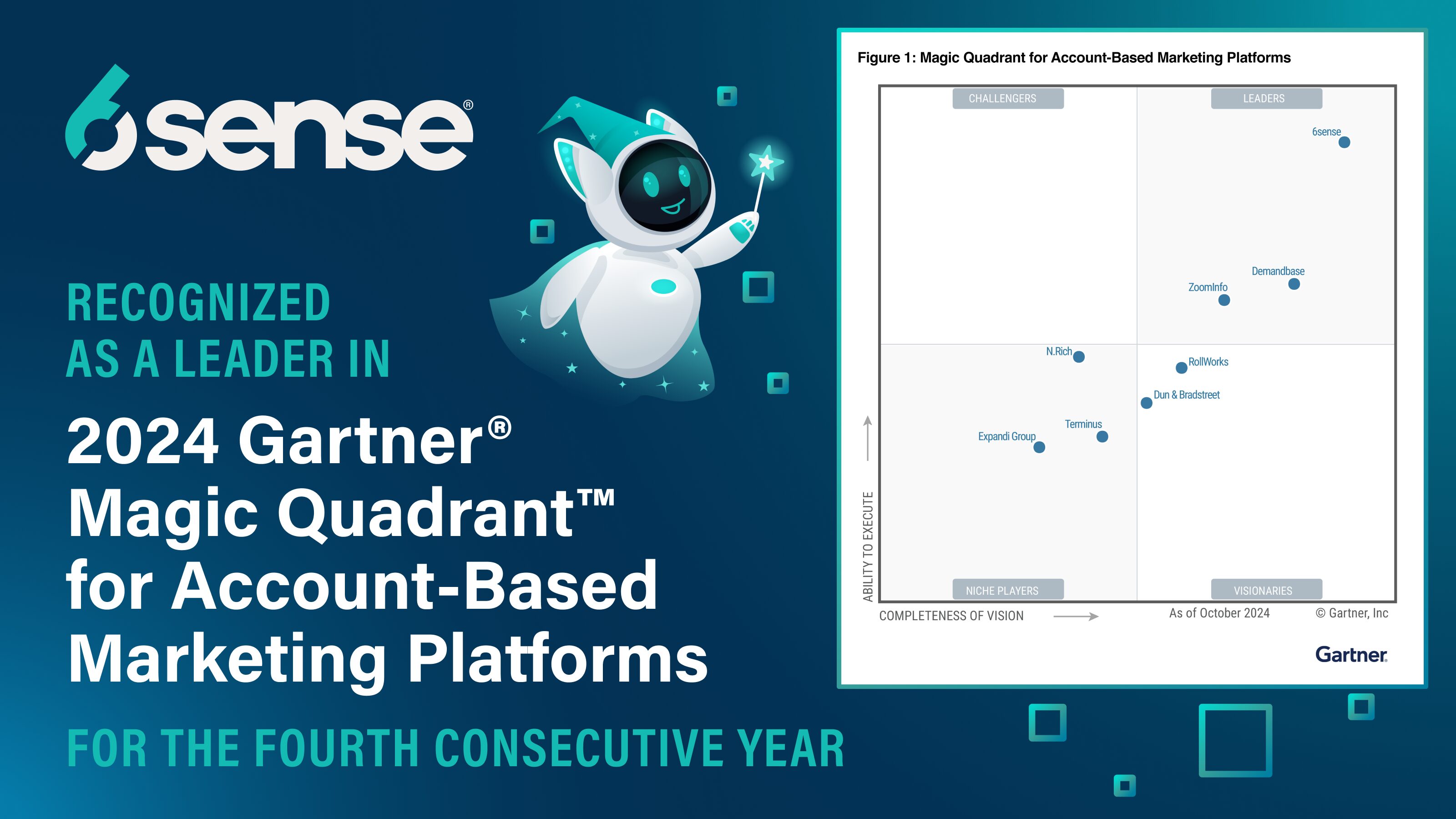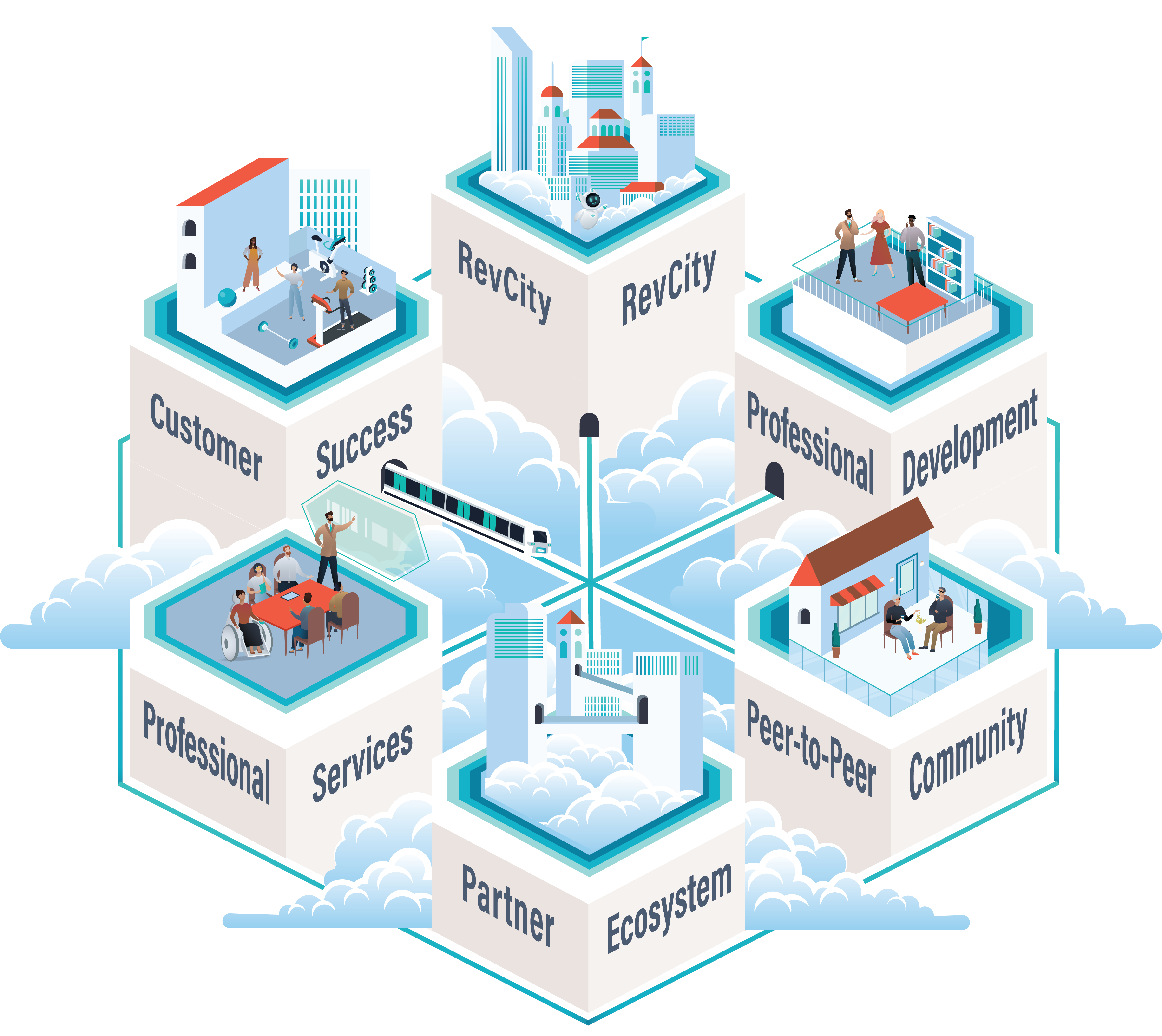These days, Digital advertising is the real deal. In 2020, B2B organizations increased their YoY digital ad spending by nearly 25%, and the trend isn’t going away any time soon.
If you haven’t taken the plunge into digital advertising, you should know which methods work and which don’t, and understand how to use data effectively to create better ads that get results.
If you don’t have a clue where to start, don’t worry! We’ve created this “cheat sheet” to school you on the best practices you’ll need to ensure that your B2B digital advertising is relevant, resonant, and helps achieve your business goals.
In this article, we’ll cover:
- The criteria for identifying strategically important B2B accounts for targeting
- The creative characteristics of successful, impactful digital ad copy
- The creative attributes of successful, impactful imagery
- Tips for ensuring that your copy and creative resonates with the target audience
- How to package and scale your B2B digital ads strategy and materials for multiple campaigns
Let’s dive in.
How to Identify Strategically Important B2B Accounts
The more information you have about your audience, the easier it will be to craft resonant ads. This means understanding your target accounts’ industry, size, revenue, product offerings, and more. Here’s how to find those accounts:
Identify Your Ideal Customer Profile
If you’re still unsure who your ideal customer is, consider asking yourself some questions:
- What do I sell?
- Who buys my products or services?
- Who needs my products or services?
These questions should be a good starting point for defining your ideal customer profile. Whenever possible, use accurate data — rather than “gut feelings” or squishy anecdotes — to inform your identification process.
Use Technology to Identify Account Types
Start by leveraging your Ideal Customer Profile (which immediately reduces your Total Addressable Market to accounts that are most likely to buy). Then further narrow down your list by using Google Analytics or a robust account engagement platform like 6sense, which detects buyer intent, compiled from resources across the web such as blogs and product-review sites.
These tools enable you to see which accounts visit your site or are searching for a solution like yours, which can quickly identify those most valuable to you.
Use Social Media Data to Identify Potential Targets
Social media platforms like LinkedIn provide great insights into who your ideal customer might be. By analyzing social media data such as tweets, post shares, and impressions, you’ll get a better sense of what type of business would be interested in your products or services.
Analyze Your Competitors’ Content
Finally, take a good look at your competitors’ content to gain insights into their ICPs and target personas. Sift through websites and blogs to see what kinds of messages resonate with their audiences.
The Creative Characteristics of Great Digital Ad Copy
Now that you’ve identified your target audience, it’s time to start thinking about what kind of message you want to deliver. Here are three characteristics that make up the foundation of effective digital advertising:
Relevancy
The best digital ads are relevant to the person viewing them. They speak directly to the buyer’s business concerns, ensuring their messages will hit the mark and pique a buyer’s interest.
Consistency
Consistent messaging across all forms of communication (including email, landing pages, and social media) helps build trust between brands and buyers. Make sure this consistency is reflected in your digital ads, too. When buyers see something consistently over time, they begin to associate the brand with quality.
Simplicity
Don’t overthink the messaging, and don’t be subtle. A campaign that doesn’t stand out will fall flat, no matter how well-designed it is. Be straightforward in your message and present clear calls to action.
The Creative Attributes of Successful, Impactful Imagery
When it comes to imagery in your B2B digital ads, there are two primary considerations:
Visual Appeal
Craft adverts that resonate with your audience by:
- Use images that relate to your target audience (i.e., imagery targeting younger buyers should differ dramatically from imagery that woos C-level execs)
- Leverage aspirational imagery when appropriate
- Enhance the copy with legible fonts and impactful design
- Using conspicuous colors
- Follow other good design principles
Meaningfulness
This refers to the narrative intent behind the visuals. While visual appeal is essential, meaningful imagery goes beyond just aesthetics. It uses symbolism that a specific message that resonates with the audience.
Making Your Copy and Creative Work Together
Use Personalized Messages
Personalization is a powerful tool when targeting buyers and buying teams based on their interests, demographics, location, and other characteristics. Using this technique, you can tailor your communications to match the unique needs of individual targets.
Keep Your B2B Digital Ads Simple
Keep your messages short, sweet, and to the point. When you’re trying to sell a product or service, don’t try to overwhelm your viewers with too much information. Focus on one thing at a time.
Include Calls to Action
If you’re selling a product or offering a service, always attach calls to action in your messages. These could be anything from “click here” to “call now.” As a result, potential customers know exactly what to do next after reading your content.
Be Flexible
Don’t get stuck in a rut. As your business changes, so should your marketing strategies. Make sure that your creative is flexible enough to adapt to these changes.
Track Results
Track and measure the results of your efforts to ensure that your strategy is working. You’ll need to make adjustments as necessary. For example, if you find that certain types of imagery aren’t performing as expected, adjust accordingly.
Scale Your B2B Ad Initiative for Multiple Campaigns
Here are three primary ways to package and scale your B2B advertising strategy:
Create a Single Content Library
Create a single library containing all of your art and copy assets. This ensures consistency throughout all your campaigns. However, it’s not always possible to have everything available in a single place. In those cases, consider creating multiple libraries.
Build Custom Libraries
Create custom libraries for each type of asset (images, videos, text, and others). This allows you to customize different aspects of each piece of content.
Automate Creation
Automation helps you save time and effort while allowing you to scale easily. With automation, you simply upload your files into a system, which automatically creates new versions of the file. The system then stores them in a library where you can access them later.



